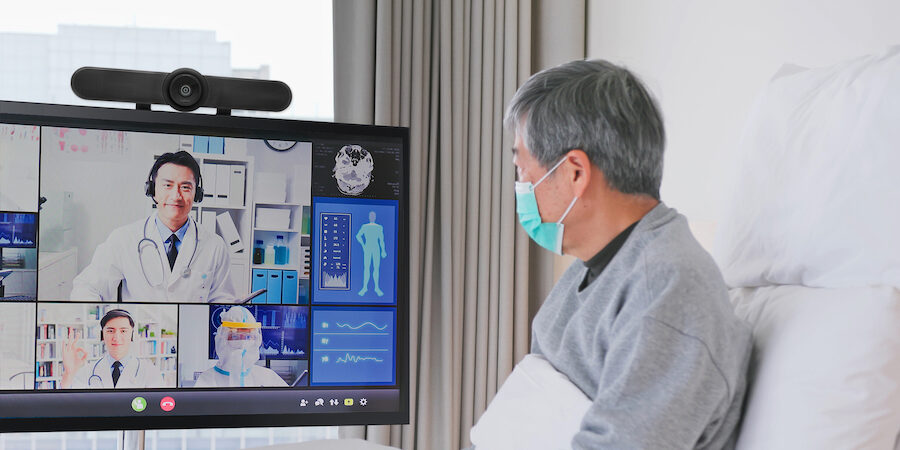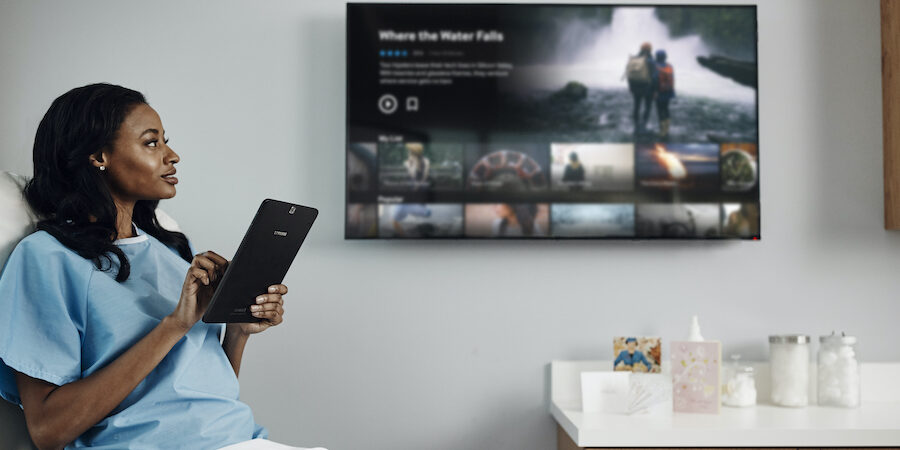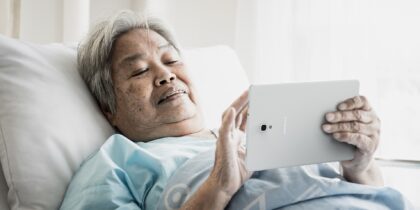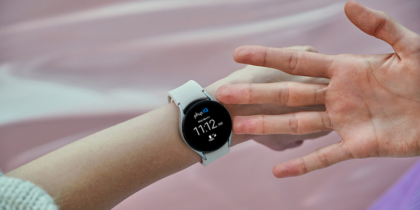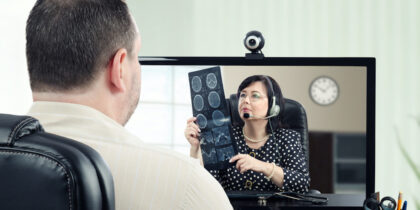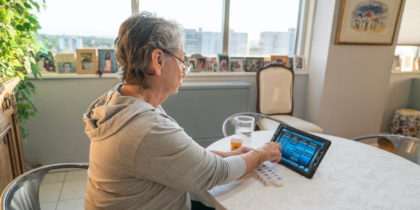Digital telehealth solutions continue to transform the way providers deliver care, supporting not only routine visits but also remote monitoring and clinical collaboration. In 2022, 74.4% of physicians surveyed reported that telehealth was used in their medical practices — nearly three times the share in 2018 — according to a 2023 American Medical Association report.
Patients, too, remain enamored. According to 2023 data from J.D. Power, 90% of the patients who reported using telemedicine in 2023 say they will likely use it again, and 89% rate the quality of their telehealth service as the same or better than an in-person visit. In the long-term, these telehealth options should expand, as the service is considerably more popular with tech-savvy millennials and Gen Z than boomers, notes the J.D. Power analysis.
With that in mind, health centers everywhere need to double down on digital telehealth solutions. Here are more reasons why.
Virtual rounding from anywhere
Telehealth gives the attending physician and other members of the care team the ability to make virtual rounds from either down the hall or hundreds of miles away. That enables health systems to meet patients where they are and improve workforce efficiency. Samsung’s advanced healthcare solutions help make virtual rounding easy — whether it’s via the hospital room’s smart TV or a self-contained telehealth cart. For example, the in-room Samsung 4K QLED Smart Healthcare TV can offer seamless access to remote consultations. When the visit ends, patients can watch an array of dynamic entertainment and educational programming on the TV.
Create the patient room of the future — today
Explore key technologies for enhancing patient experience and care while supporting staff. Download Now
Enhancing collaboration with digital telehealth solutions
That same monitor can be quickly connected to a laptop, making it ideal for a desk or cart. The attending physician, from their desk or exam room, can bring various team members together at the virtual bedside. Specialists, pharmacists, case managers, educators and others can interact with the patient and each other.
The monitor, with its built-in webcam and ease of use, also enables anytime collaboration among providers, from tumor board discussions to team huddles.
Remote location, immediate solution
Hospitals are creating “command centers” to remotely monitor patients from down the hall or across the state. The ViewFinity S65VC is a good option for this, as the ultra-wide monitor allows nurses to keep an eye on many patients at once. This streamlines workflow at a time when healthcare staffing is at a premium.
St. Luke’s Health System in Idaho built a virtual care center in Boise using CJ890 monitors to connect with patients and intensive care providers in smaller centers around the state. The 24/7 facility enables nurses to see and speak with patients. Because it’s an integrated telehealth solution, providers can access EHRs and review test results from their workstations. Specialists also use the virtual care stations to “meet” with patients and colleagues to review cases without leaving Boise.
Nurse telesitting
Advances in the hospital-at-home model and other innovations continue to drive the growth of virtual nursing. In turn, the growth of virtual nursing and the hospital-at-home model is leading to more innovative digital telehealth solutions. According to a 2023 report in BMC Health Services Research, these solutions can support acute and post-acute care for patients in their own homes, reducing mortality and readmissions.
With Samsung technology, a single nurse — or other clinical staff member — can remotely monitor 25 or 30 rooms at a time from the desktop monitor. If they notice something amiss, they can talk directly to the patient and notify the staff. This approach, sometimes called “telesitting,” can help nurses support more patients.
Let’s say you have a patient, John, who is at risk for falls.
“If John tries to get out of bed, an alert comes up on screen. The nurse can then notify the staff to get him back into bed,” explained Karen Schweiger, senior business manager of the healthcare display division at Samsung. The nurse can also talk directly to John, let him know someone is coming and ask him not to stand up unassisted.
Family and friends can also engage in telesitting. Telehealth allows patients to connect with family and friends remotely when in-person visits are not possible. A patient in hospice care, for instance, can connect face-to-face with family and friends across the country.
Overcoming hurdles to digital telehealth
A few challenges remain to universal adoption, including bandwidth limitations in rural communities, privacy and security, physician reimbursement, and cross-state regulatory and licensing issues. Nevertheless, telehealth has established itself as a permanent way to deliver healthcare. Hospitals and health systems need the right digital telehealth solutions to provide their staff and physicians with the tools to deliver care both in person and remotely.
So, which technology is needed to optimize telehealth? It depends on the use case. Healthcare providers and organizations can choose the right digital telehealth solutions for their specific needs. Routine visits in which patients are at home and interact with their medical providers via computer, tablet or smartphone may be the most obvious use of telehealth, but it’s far from the only one.
Efficient communication
While the drivers may change, telehealth will remain essential to care delivery. The ongoing success of telehealth depends on its ability to facilitate clear, unencumbered communication among providers, staff, patients and caregivers. Healthcare teams need to be agile in monitoring and treating patients, wherever they are. Deployed correctly, digital telehealth solutions make this possible.
Discover how Samsung is helping to create the patient room of the future today with this free white paper. Also learn more about what digital solutions are needed to support telehealth.
